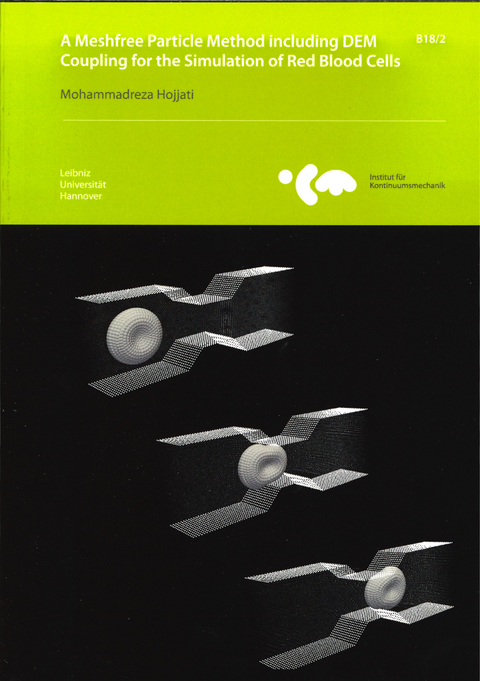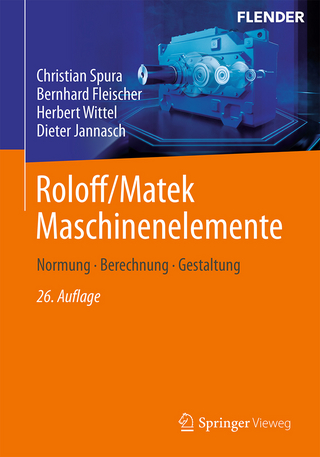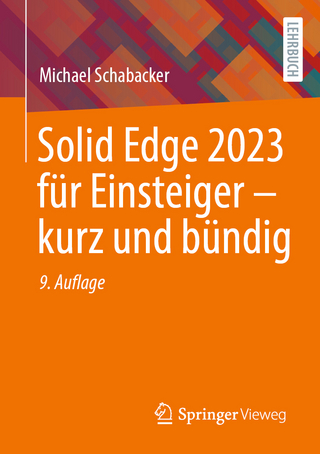
A meshfree particle method including DEM coupling for the simulation of red blood cells
Seiten
2018
Institut für Kontinuumsmechanik (Verlag)
978-3-941302-26-6 (ISBN)
Institut für Kontinuumsmechanik (Verlag)
978-3-941302-26-6 (ISBN)
Red blood cells have notable deformability including large mechanical deformation during the motion in repeated passages through the microvasculature and the fenestrated walls of the splenic sinusoids. Moreover, the red blood cell deformability is an important determinant of blood viscosity and consequently blood circulation quality. The main cause in some disease such as Anemia or Malaria is a type of disordering in normal behavior of red blood cells especially in motion and deformation. So, it is necessary to have a qualitative and quantitative investigation on the red blood cell structure and its responses to local blood characteristics. Finite element and Meshfree particle methods are two highlighted categories used to model the red blood cell behaviour in computational mechanics. The main questions to be surveyed in proposed models are about the role of rheological properties of the red blood cells and effect of different flow conditions in red blood cells deformation behavior. We used a Discrete Multi-physics based on meshfree particle methods to simulate the motion and deformation of the red blood cells in capillaries. The mathematical simulation used a multiphase fluid-particle model including a two-way SPH-DEM coupling, which was based on the locally averaged Navier Stokes equations. Then, a spring network based on minimum energy was implemented to represent the connected solid particles as the red blood cell membrane to simulate its mechanical bchaviour. Using the principle of virtual work, it was possible to find the applied forces to each particle on constructed membrane. We observed that the total applied force on each solid particle in this model was including external forces (such as coupling forces from side of fluid medium) and internal force (such as applied force from side of spring network). Next, We validated the code with examples of the red blood cell motion in capillaries. We found out that despite the linear constitutive equation of the red blood cell membrane, its overall response was nonlinear due to the presence of an incompressible fluid inside the red blood cell. In fact, incompressible fluid inside the red blood cell contributed to volume preservation and a nonlinear response. We interpreted that proposed model based on meshfree particle methods including DEM coupling would be a suitable trend for modeling such deformable bodies with complex structure.
| Erscheinungsdatum | 16.04.2019 |
|---|---|
| Sprache | englisch |
| Themenwelt | Technik ► Maschinenbau |
| Schlagworte | Meshfree Particle Method • Red blood cells • SPH-DEM Coupling |
| ISBN-10 | 3-941302-26-4 / 3941302264 |
| ISBN-13 | 978-3-941302-26-6 / 9783941302266 |
| Zustand | Neuware |
| Informationen gemäß Produktsicherheitsverordnung (GPSR) | |
| Haben Sie eine Frage zum Produkt? |
Mehr entdecken
aus dem Bereich
aus dem Bereich
Normung, Berechnung, Gestaltung
Buch | Softcover (2023)
Springer Vieweg (Verlag)
39,99 €
Buch | Softcover (2023)
Springer Vieweg (Verlag)
24,99 €
Buch | Softcover (2023)
Springer Vieweg (Verlag)
24,99 €


